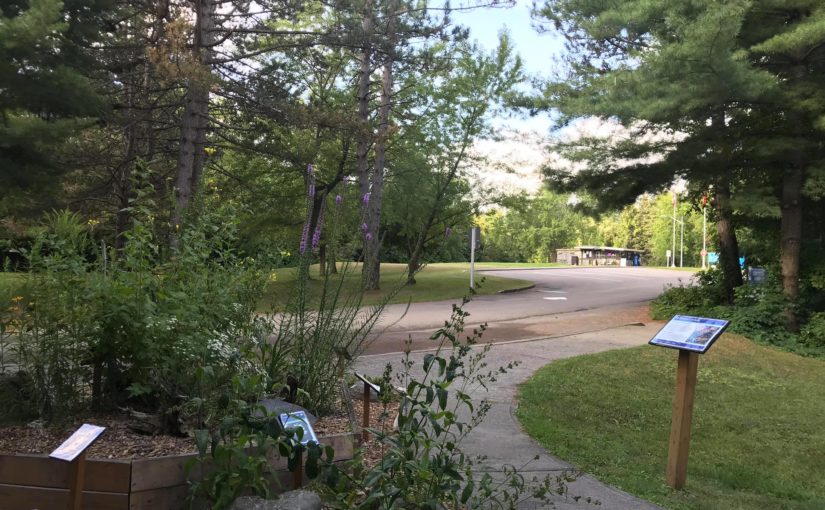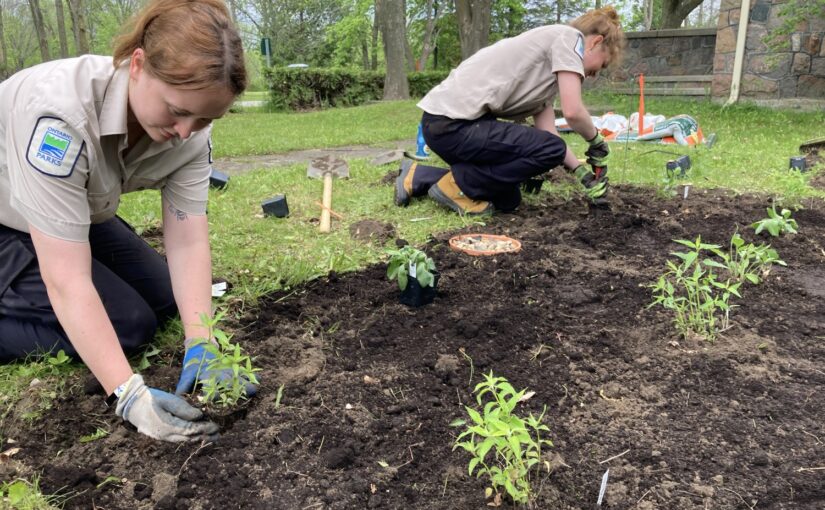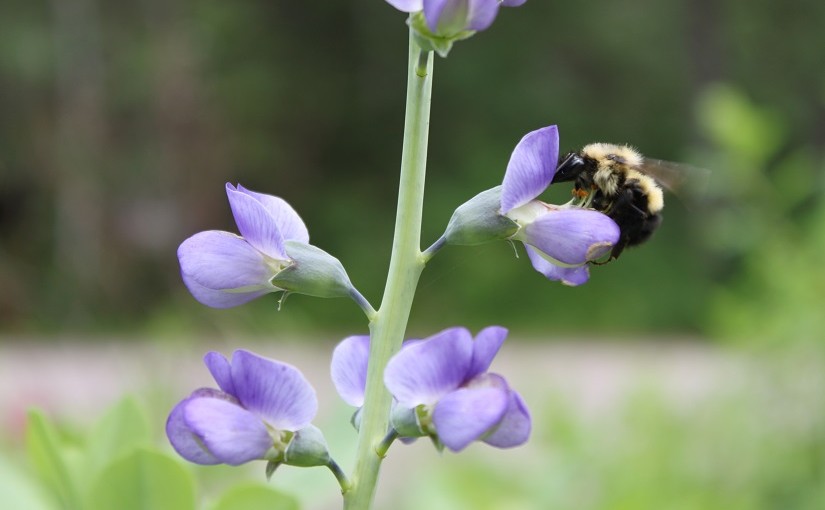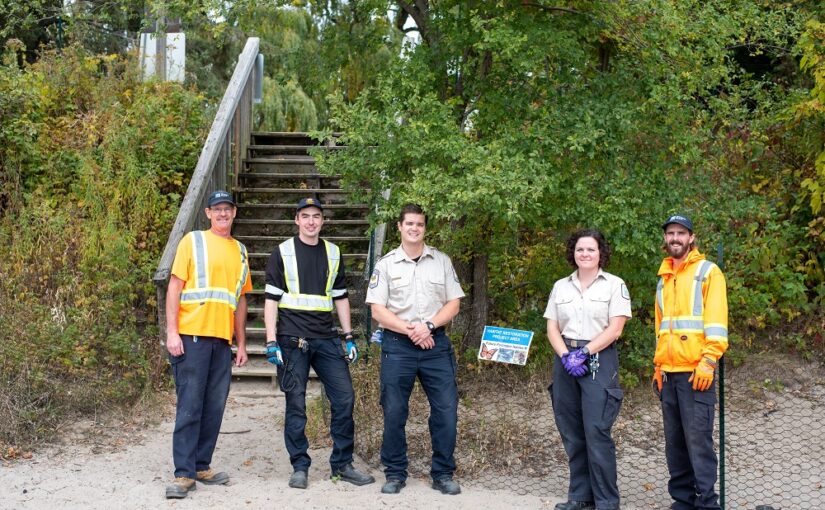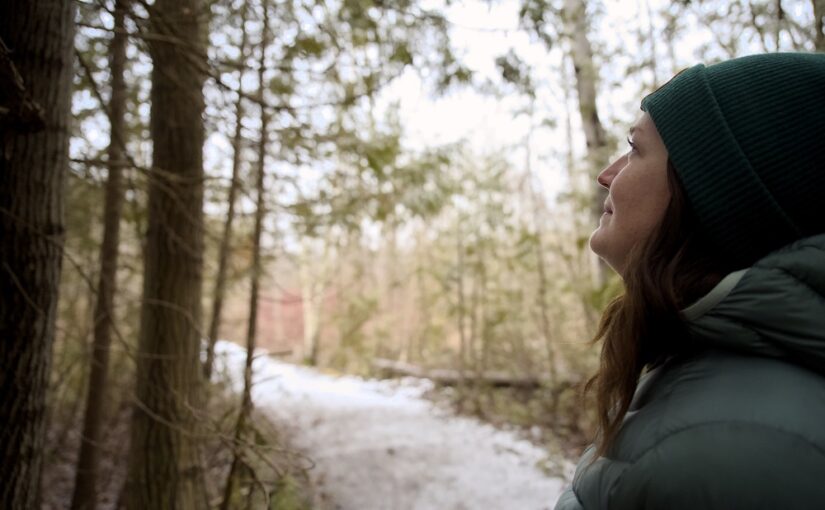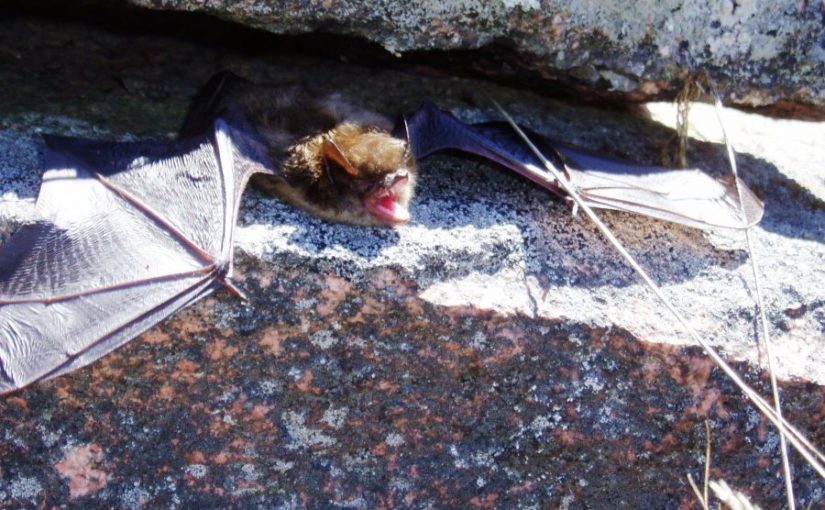Today’s post comes from Alexander Renaud, former Discovery program lead at Emily Provincial Park.
A few summers ago, our Discovery staff at Emily Provincial Park wanted to do something BIG to help the park.
Previous years have seen the instillation of turtle nest protection boxes, the collection of species data through a BioBlitz, and the design and creation of a new trail system.
We decided upon creating a pollinator garden!
Continue reading The story behind Emily Provincial Park’s pollinator garden
